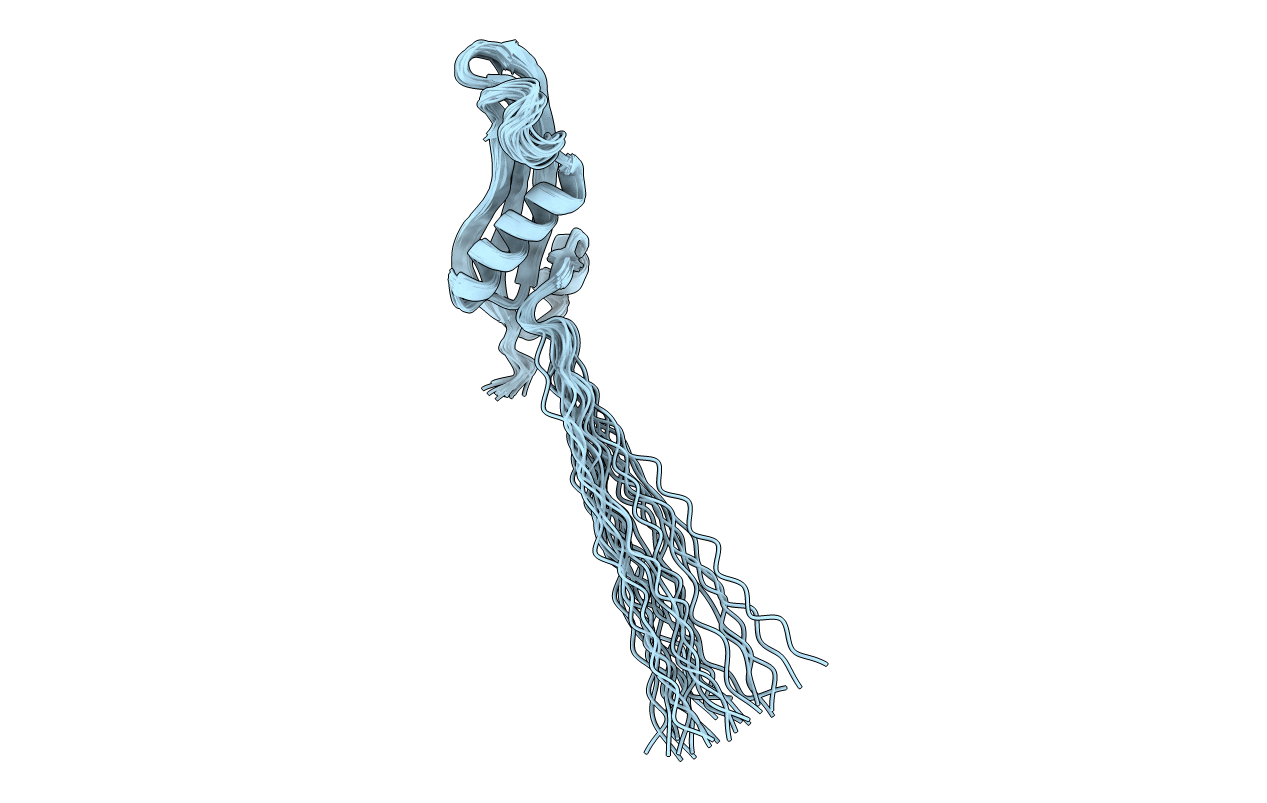
Deposition Date
2011-01-27
Release Date
2011-04-06
Last Version Date
2024-10-30
Entry Detail
PDB ID:
2L8Y
Keywords:
Title:
Solution structure of the E. coli outer membrane protein RcsF (periplasmatic domain)
Biological Source:
Source Organism:
Escherichia coli (Taxon ID: 83333)
Host Organism:
Method Details:
Experimental Method:
Conformers Calculated:
200
Conformers Submitted:
25
Selection Criteria:
structures with the lowest energy


